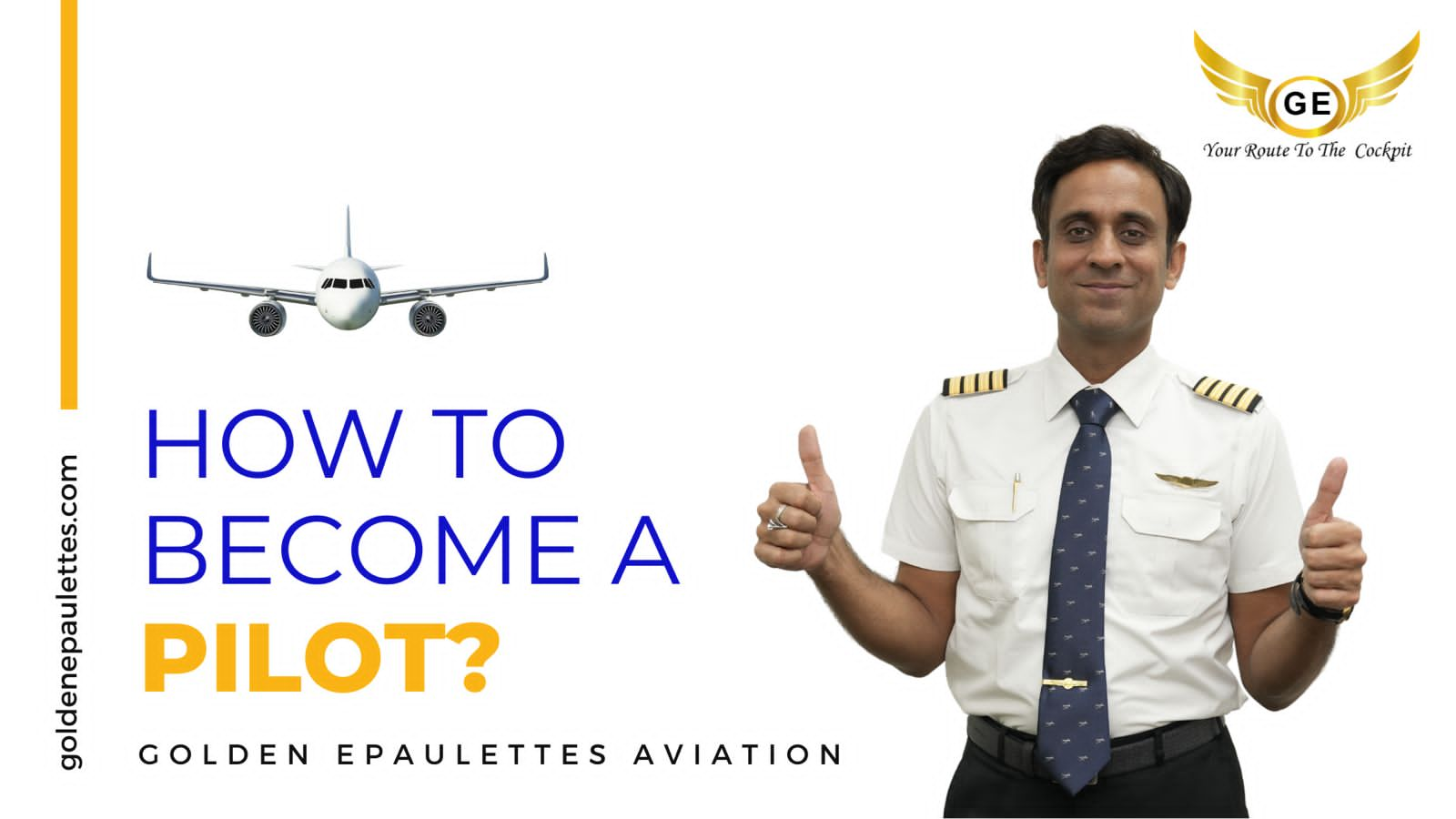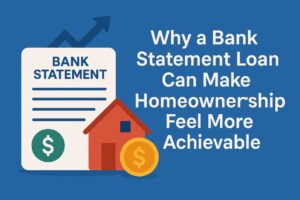How to Become a Private Pilot: Training & Costs
Becoming a private pilot is a dream for many aviation enthusiasts. Whether you want to fly for leisure, explore new places, or even build a foundation for a professional aviation career, obtaining a Private Pilot License (PPL) is the first step. If you’re wondering how to become a pilot, this guide will walk you through the training requirements, costs, and steps to achieve your goal.
1. What is a Private Pilot License (PPL)?
A Private Pilot License (PPL) allows you to fly an aircraft for personal use. Unlike a commercial pilot license (CPL), a PPL does not permit you to earn money from flying. However, it provides the freedom to travel, take passengers on flights, and enjoy aviation as a hobby or stepping stone toward an advanced pilot career.
Benefits of a Private Pilot License:
- Fly for leisure or personal travel.
- Gain fundamental skills for an aviation career.
- Operate different types of aircraft (with additional training).
- Experience the thrill and adventure of flying.
Now, let’s break down the steps involved in how to become pilot and earn your PPL.
2. Eligibility Criteria for a Private Pilot License
Before you start training, ensure you meet the basic requirements set by aviation authorities like the FAA (Federal Aviation Administration) in the USA, EASA (European Union Aviation Safety Agency), or DGCA (Directorate General of Civil Aviation in India).
General Requirements:
✔ Minimum Age: 17 years old (16 for a Student Pilot License).
✔ Education: A high school diploma is preferred, but not mandatory.
✔ Medical Certificate: Obtain a Class 2 medical certificate, ensuring good vision, hearing, and overall health.
✔ Language Proficiency: Must be able to read, write, and communicate in English.
Meeting these criteria qualifies you to enroll in a flight training program and move one step closer to your pilot dreams.
3. Private Pilot Training Process
The training to become a private pilot includes ground school, flight training, and exams. Here’s how the journey unfolds:
Step 1: Enroll in a Flight School
The first step in how to become pilot is choosing a reputable flight school or aviation academy. Training programs are available through independent flight instructors, private academies, and university aviation programs.
- Types of Flight Schools:
- Part 61 Schools: More flexible, customized training programs.
- Part 141 Schools: Structured and approved by aviation authorities, often completed faster.
Step 2: Ground School Training
Before flying, you must understand the theoretical aspects of aviation. Ground school covers:
- Principles of flight and aerodynamics.
- Airspace regulations and weather conditions.
- Aircraft systems and performance.
- Navigation and radio communication.
- Emergency procedures.
Ground school can be completed in person at a flight school or online through self-paced courses.
Step 3: Flight Training
This is where you gain hands-on flying experience under an instructor. Training includes:
✔ Pre-Flight Inspections – Learning how to check aircraft systems.
✔ Takeoffs and Landings – Mastering proper techniques.
✔ Maneuvers and Air Navigation – Understanding flight controls, turns, climbs, and descents.
✔ Emergency Procedures – Handling engine failures, forced landings, and recovery from stalls.
✔ Solo Flight – After logging enough hours, you’ll fly solo for the first time.
Minimum Flight Hours Required for PPL:
- FAA (USA): 40 hours (including 20 hours with an instructor & 10 hours solo).
- EASA (Europe): 45 hours.
- DGCA (India): 40-50 hours.
Step 4: Pass the Written Exam
After completing ground school, you must pass a written test covering aviation regulations, flight theory, and navigation. The exam typically includes 60 multiple-choice questions and requires a passing score of 70% or higher.
Step 5: Check Ride (Final Flight Test)
The final step in obtaining your Private Pilot License is the check ride, also called the Practical Flight Test. You’ll fly with an examiner, demonstrating your skills and decision-making ability.
Once you pass, you’ll officially receive your Private Pilot License (PPL)! ????
4. Cost of Becoming a Private Pilot
One of the most common questions about how to become pilot is how much does it cost? The total cost varies based on location, flight school, and the type of aircraft used.
Estimated Cost Breakdown (USA & Other Countries)
| Expense | USA (FAA) (INR Equivalent) | Europe (EASA) (INR Equivalent) | India (DGCA) |
|---|---|---|---|
| Flight School Tuition | ₹2,50,000 – ₹4,00,000 | ₹3,50,000 – ₹6,00,000 | ₹2,50,000 – ₹5,00,000 |
| Aircraft Rental | ₹6,50,000 – ₹10,00,000 | ₹5,00,000 – ₹9,00,000 | ₹5,00,000 – ₹8,00,000 |
| Instructor Fees | ₹2,50,000 – ₹4,00,000 | ₹1,75,000 – ₹4,00,000 | ₹2,00,000 – ₹4,00,000 |
| Medical Exam Fee | ₹6,000 – ₹16,000 | ₹9,000 – ₹18,000 | ₹5,000 – ₹10,000 |
| Written Exam Fee | ₹12,000 – ₹16,000 | ₹9,000 – ₹14,000 | ₹5,000 – ₹10,000 |
| Check Ride Fee | ₹40,000 – ₹85,000 | ₹40,000 – ₹65,000 | ₹20,000 – ₹50,000 |
| Total Estimated Cost | ₹10 – ₹15 lakhs | ₹9 – ₹15 lakhs | ₹10 – ₹15 lakhs |
Ways to Reduce Costs:
✔ Apply for pilot training scholarships.
✔ Join aviation clubs for discounts.
✔ Train in areas with lower fuel & rental costs.
✔ Choose Part 61 schools for flexible payment options.
What’s Next After Getting a PPL?
Once you have your Private Pilot License, you can:
- Fly solo or with passengers (non-commercially).
- Get additional ratings like Instrument Rating (IR) or Multi-Engine Rating (MER).
- Work towards a Commercial Pilot License (CPL) to fly professionally.
- Become a Flight Instructor to build more flight hours.
6. Conclusion: Your Journey to Becoming a Private Pilot
Learning how to become pilot and earning your Private Pilot License (PPL) is an exciting journey that opens up endless opportunities in aviation. The process involves training, exams, and significant financial investment, but the reward is the freedom to fly and explore the skies.









